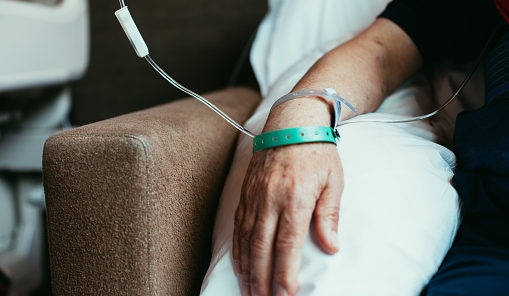Also known as “value-based purchasing”, P4P is a healthcare reimbursement model that offers financial incentives to providers for meeting specific performance measures. Researchers from Penn Medicine assessed the association between the voluntary Cancer Care Quality Program, the oncology P4P program from national insurance company Anthem, Inc., and changes in the prescribing of evidence-based cancer drugs. The observational difference-in-differences study was based on insurance claims data from more than 25,000 patients with breast, lung, or colorectal cancers across 14 states between 2014 and 2017. The study also evaluated spending on cancer drugs over a 6-month episode period.
A total of 62.2% of patients enrolled in the reimbursement program received evidence-based drugs, compared with 57.1% of those patients without the program. A monthly $350 payment per patient to practices when oncologists prescribed evidence-based cancer drugs was shown to increase prescriptions of those drugs by 5.1% (95% CI, 0.03 to 0.072; P<0.001).
Overall spending was not found to significantly change under the program, although the amount spent on cancer drugs increased during the 6-month episode period, from $48,030 to $51,369 (95% CI, $1,121 to $5,557; P=0.003). In the same period, out-of-pocket expenses for patients enrolled in the program also increased from $2,217 to $2,470 (95% CI, −$181 to $5,725; P =0.07). Researchers also noted a substantial variability in cancer drug prescribing among oncology practices.
“We know that prescribing evidence-based cancer drugs is high-quality care and increases both the length and quality of life for patients with cancer,” said Justin E. Bekelman, MD, Director of the Penn Center for Cancer Care Innovation at the Abramson Cancer Center and a co-lead author of the study, in a press release. “And yet, changing prescribing patterns has been and remains a big challenge. Based on what we found here, paying oncology practices to prescribe evidence-based drugs can serve as a valuable tactic to improve the quality of cancer care.”
Credit: Original article published here.









